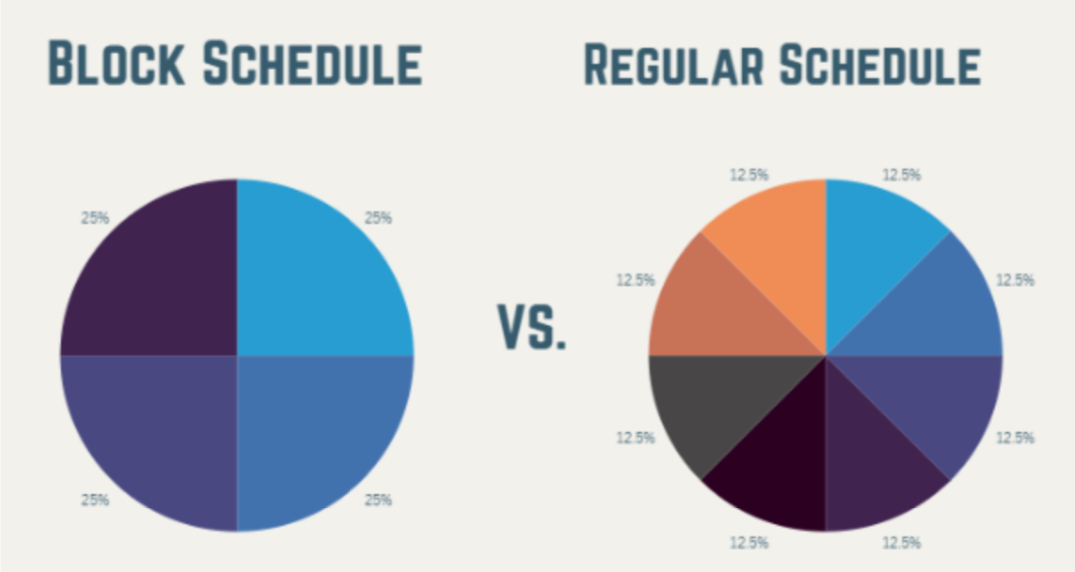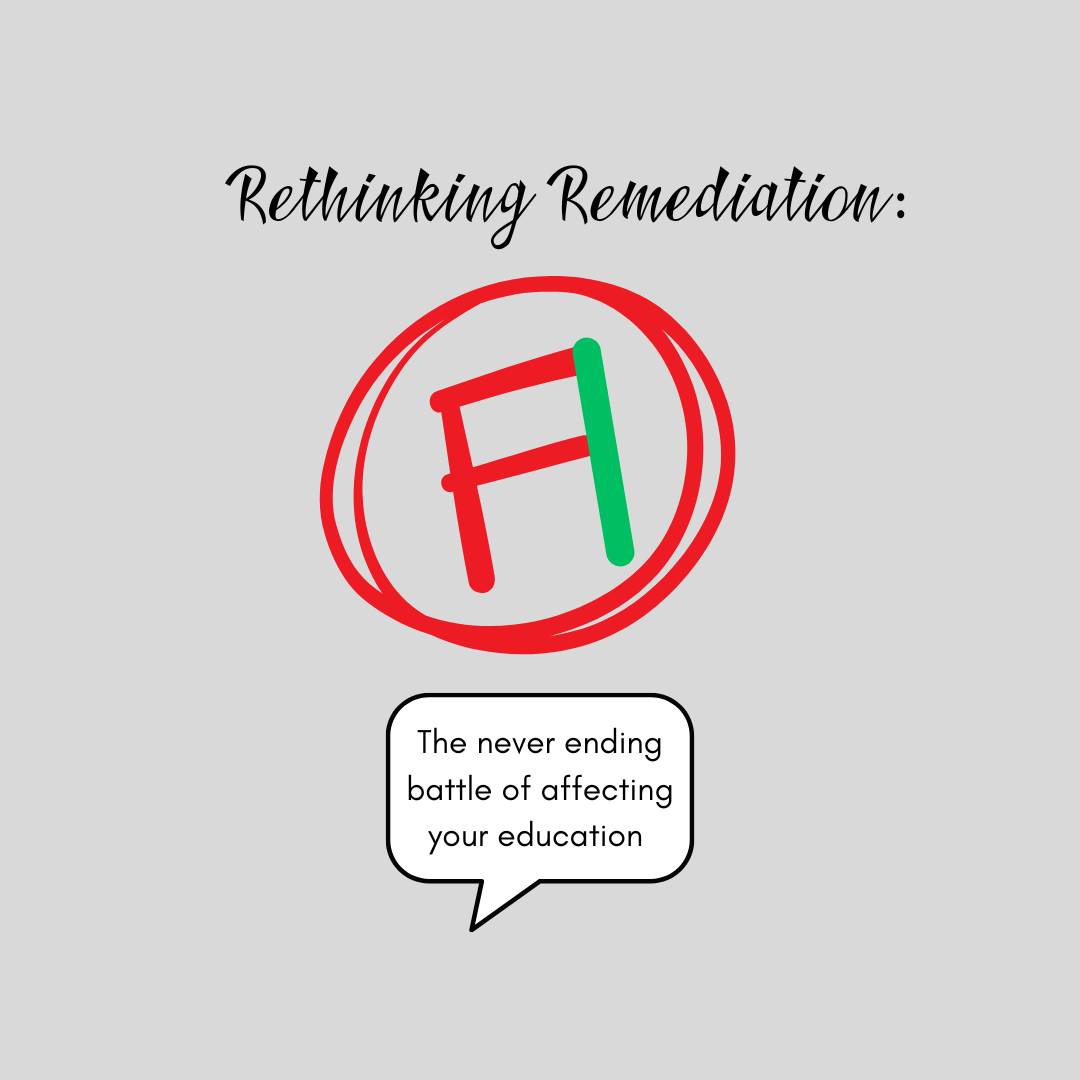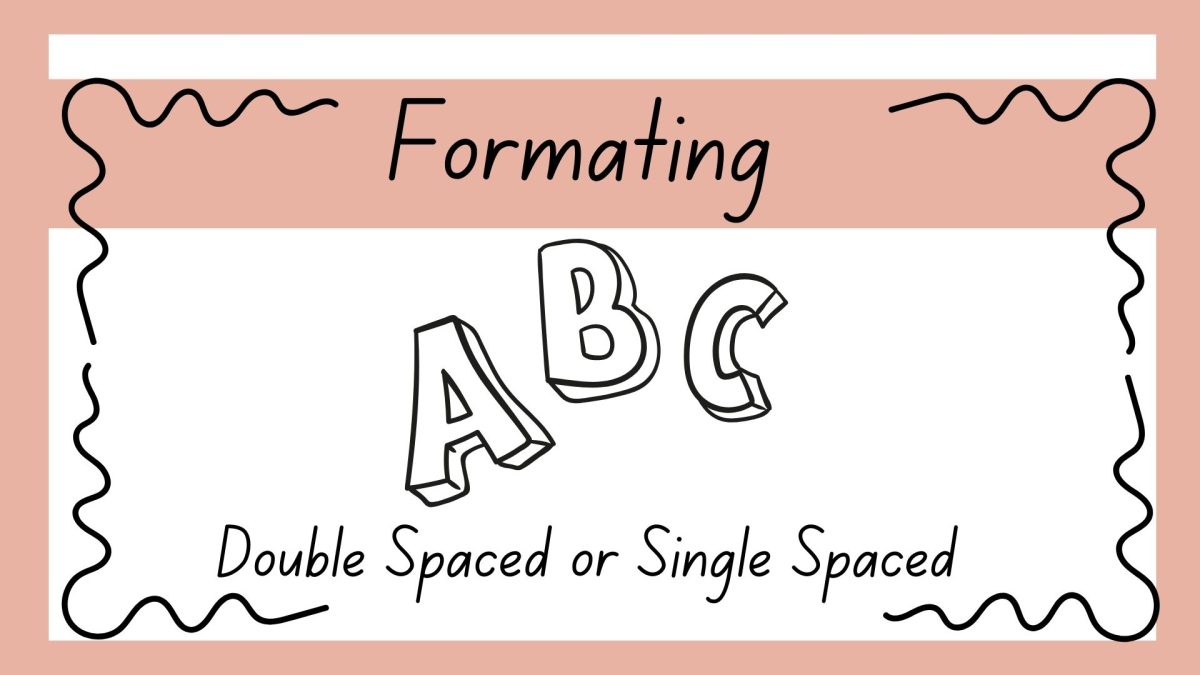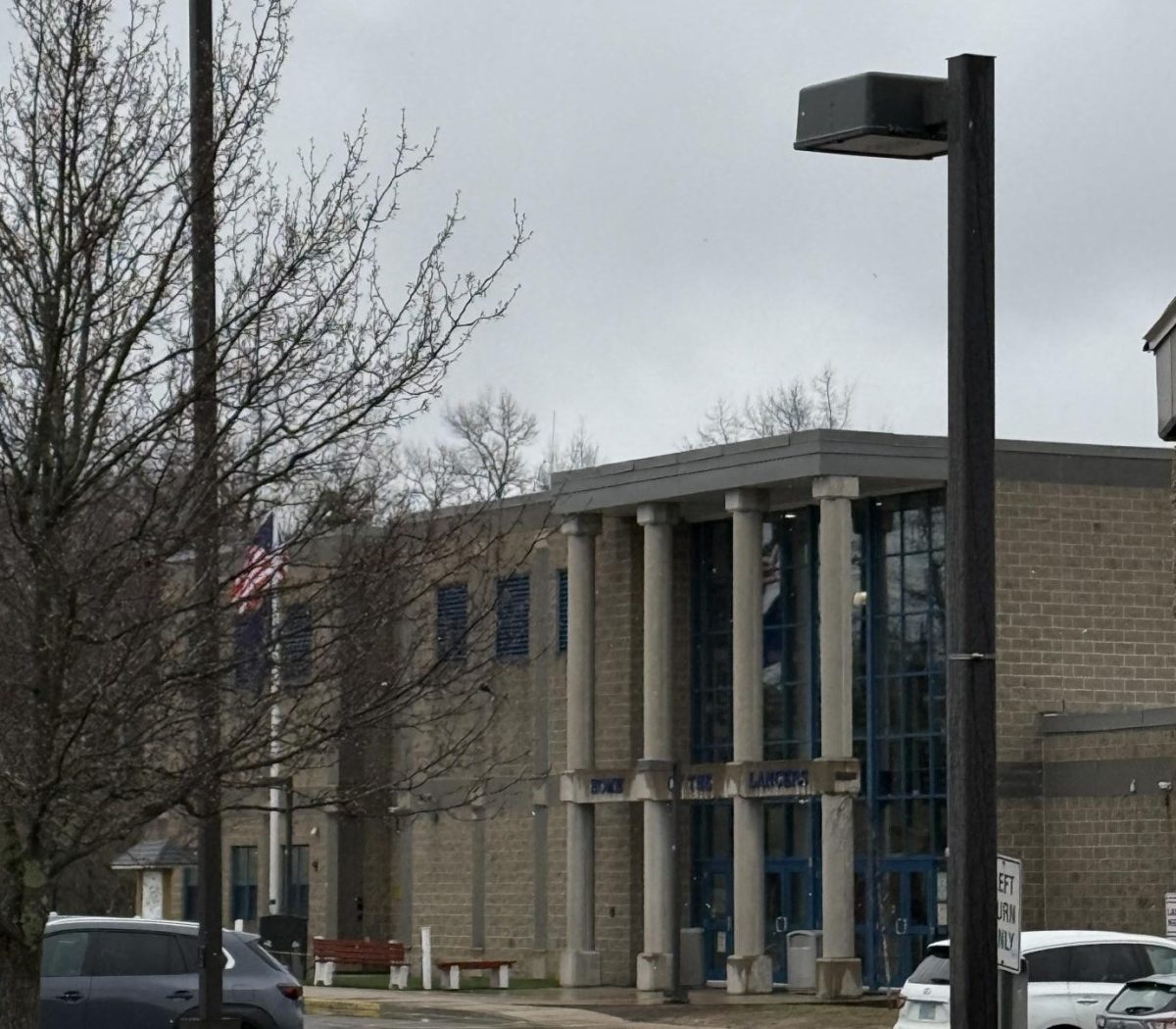The clock’s ticking. You’ve just started wrapping your head around the new material in math when – ding! The bell rings. Time’s up, and now, you’ve got to shift gears into English, even though your mind is still processing that math lesson. Sound familiar?
It’s exhausting. Jumping from class to class with barely any breathing room doesn’t leave much time for your brain to take in what you’ve just learned. It’s completely inefficient.
But what is this so-called “block schedule?”
There are many variations of a block schedule. First, a 4/4 schedule. Students would have eight classes in a semester, but they only go to 4 classes a day. These 4 classes change every other day, so students alternate between the classes. These classes would last 75-100 minutes.
An A/B schedule is also common amongst schools, and is similar to the 4/4 schedule. For example, students would attend three to four block classes on Monday and Wednesday (A days), and another three or four on Tuesday and Thursday. But, on Friday for instance, student’s would have a “skinny day,” meaning students will attend all eight classes with shortened periods (like we do now.)
This creates a great balance and gives everyone more time. Honestly, an A/B schedule with one “skinny day” would be awesome. We’d have an equal amount of time for every class, and more time in general. Best of both worlds.
I know what you’re thinking. What about study and lunch periods?
Study periods will be built into the schedule, just like any other class, giving students dedicated time to focus on homework and get extra help. Lunch periods, on the other hand, can be scheduled between blocks, offering a longer lunch break compared to the traditional schedule. This provides more time to relax, recharge, and return to class ready to perform at your best.
Hear me out.
Block scheduling offers significant benefits by providing more time for students to focus on subjects and truly absorb the material. With longer class periods, students can engage more deeply, reducing the stress of constantly switching between subjects. This extra time also helps decrease homework loads, as students can start assignments during the school day and have more time for extracurricular activities.
According to the School Superintendents Association, students’ grades improve and the number of students on the honor roll increases with a hybrid schedule. Students can take extra time to primarily focus on a couple subjects at a time. They also may do better on final exams because of the reduced course overload.
The school’s main goal is to prepare us for college, right? Block scheduling helps to achieve this objective. Besides, college classes aren’t held every day. By allowing students to focus on fewer subjects at a time, it closely mirrors the college experience and better prepares them for the future.
If students were to miss a day of school, they wouldn’t be buried in a mountain of make-up work. You would only miss four periods, and with the extra class time, catching up will be much easier. Plus, if you’re usually running late in the mornings, at least it wouldn’t be the same class you’re missing.
Teachers also benefit from the structure, having more time to teach and engage with students. With longer class periods, teachers can take more time to better understand their students’ needs and learning styles. They’ll also have the opportunity to move beyond quick lectures, facilitating more interactive lessons. A hybrid schedule would allow teachers to create a more dynamic learning environment, while having more time for planning and preparation.
The biggest concern is that students will forget the material. With more time devoted for instruction, teachers will have more time to help students comprehend material. Straightforward yet impactful solution.
Passing time won’t be an issue. Students will still have plenty of opportunities to take breaks between classes. These breaks can be built into the schedule just as they are in the current system, ensuring students have the time they need to fully recharge.
I understand change can be unsettling, especially when it disrupts a routine that’s been followed since the school opened. Our traditional school-bell system is ingrained in us, and a block schedule would take getting used to. With that, change is necessary for improvement. The benefits of a hybrid schedule outweigh the discomfort of change.
If we really care about student success, we’ll stop clinging onto outdated systems and embrace block scheduling. More time for learning, more time for understanding – it’s a no brainer. Anything less is simply refusing to evolve.
















A. Grenier (journalist)
Mar 14, 2025 at 11:38 am
We could even do this as A/B/Halfday(study day)/A/B. Krieva does this and it is very effective there. I completely agree with this.